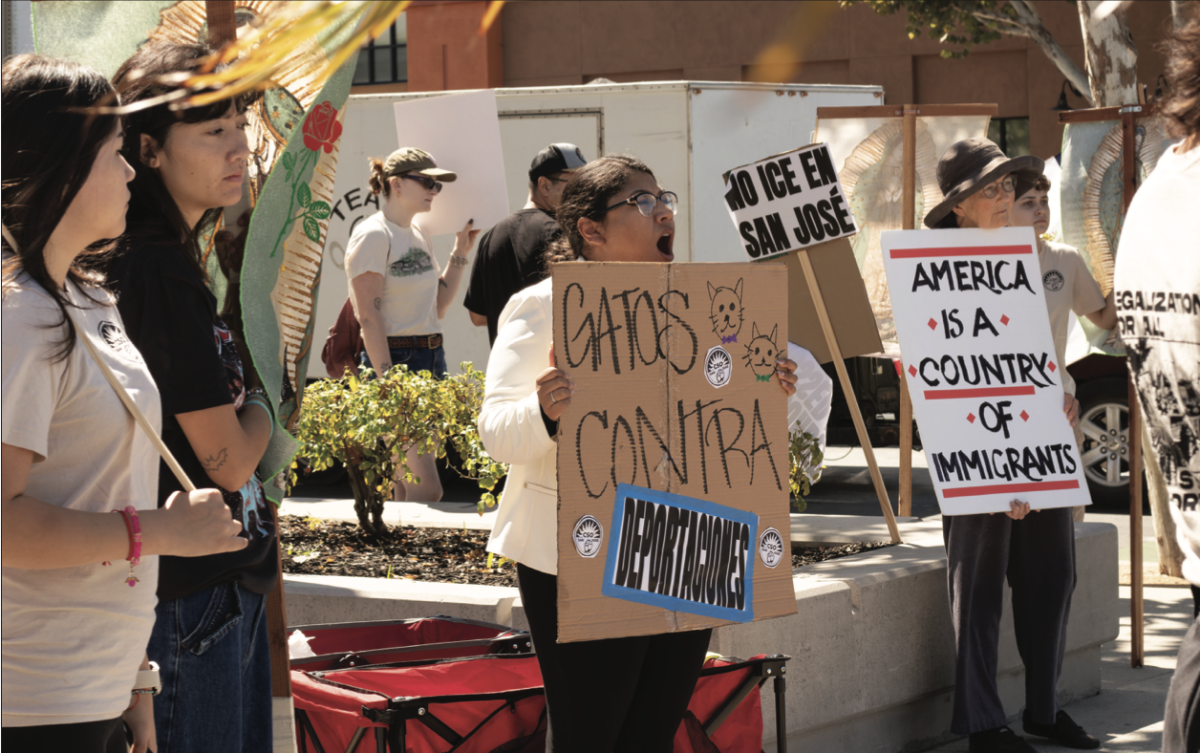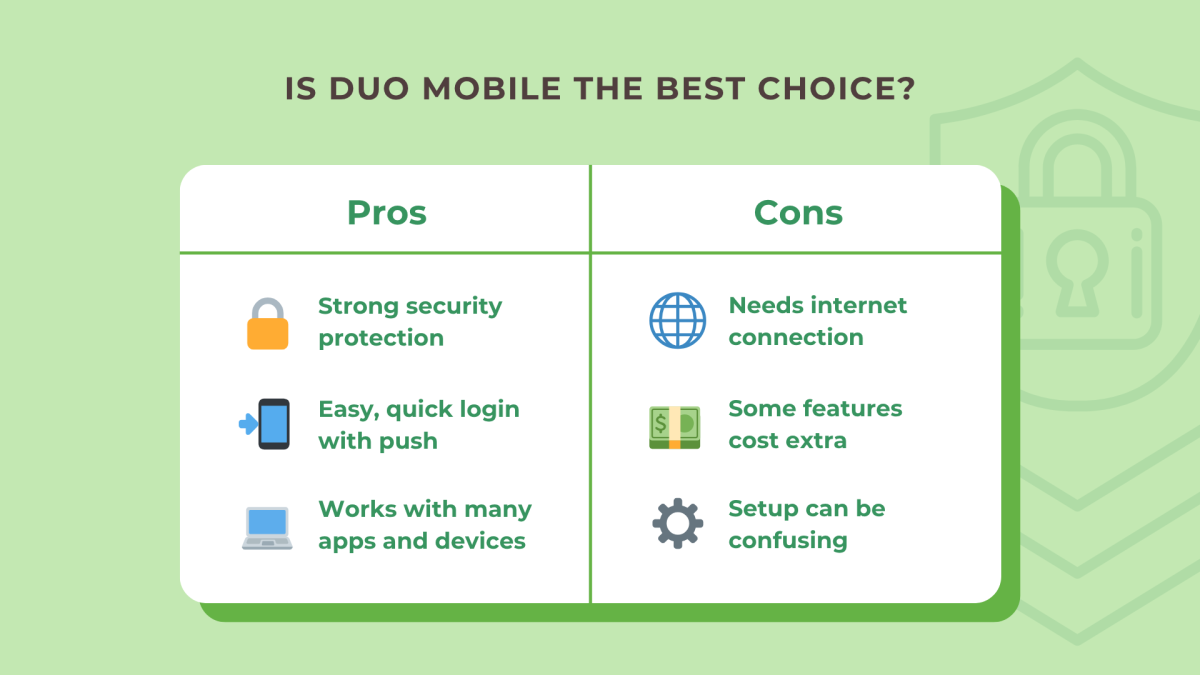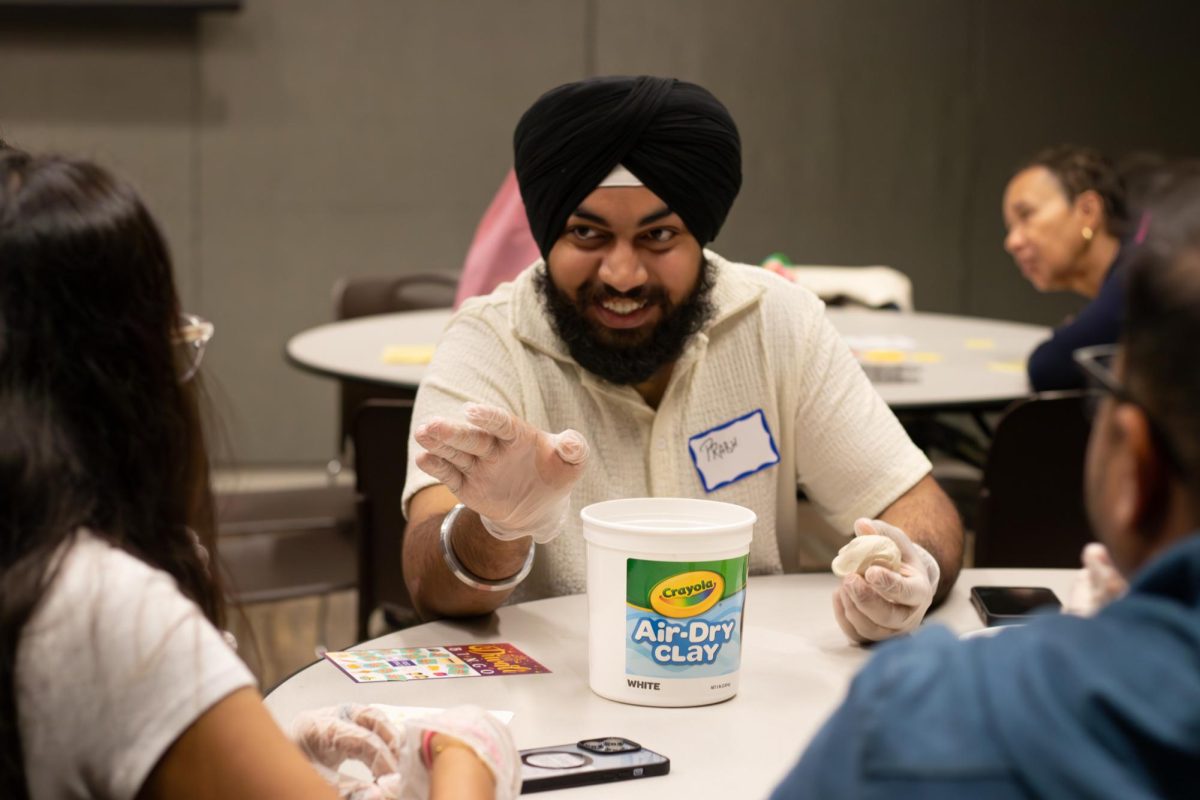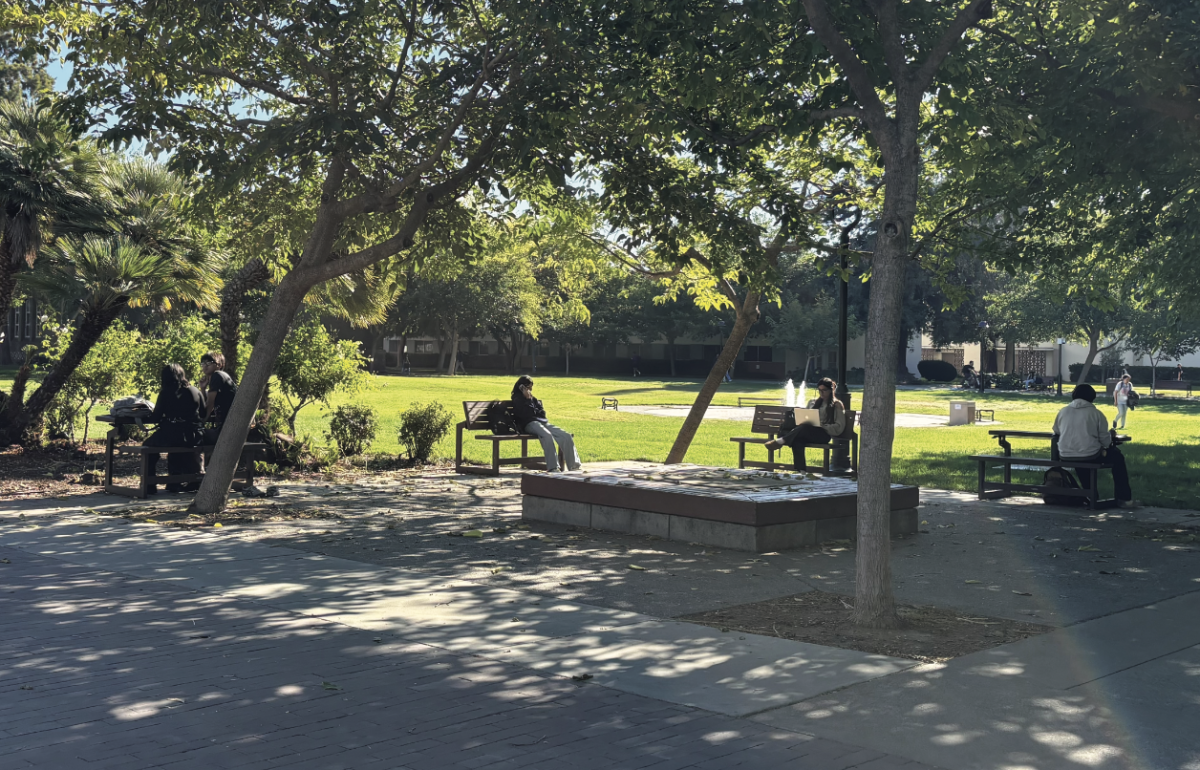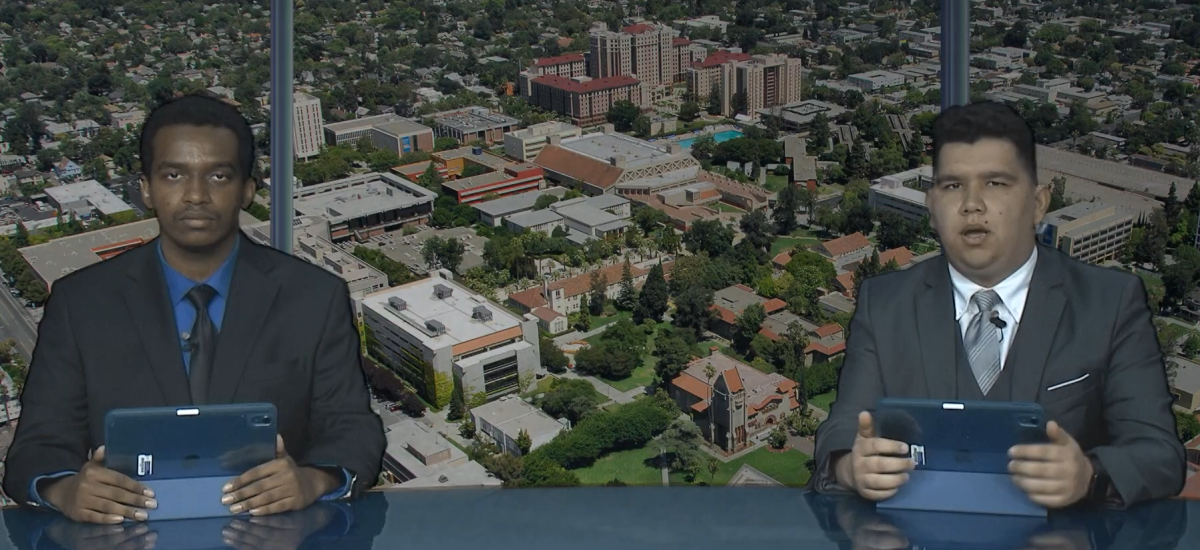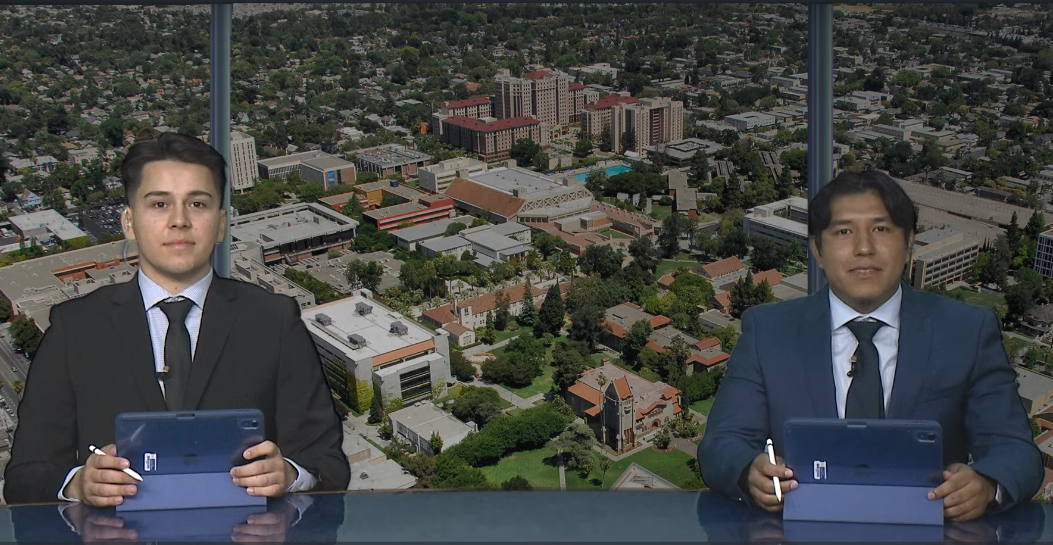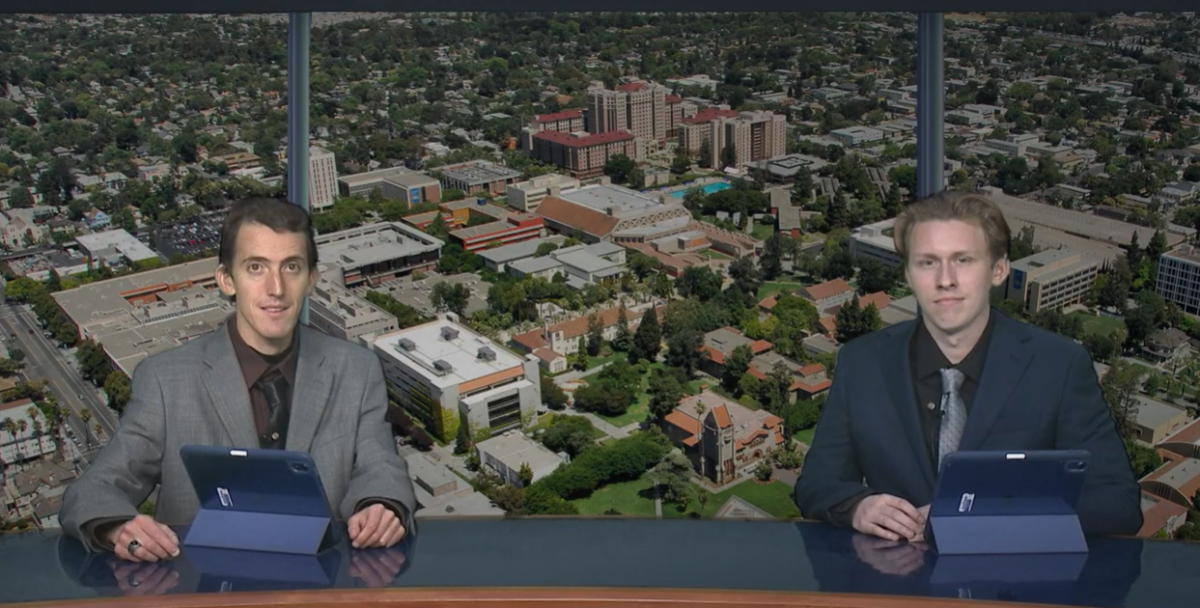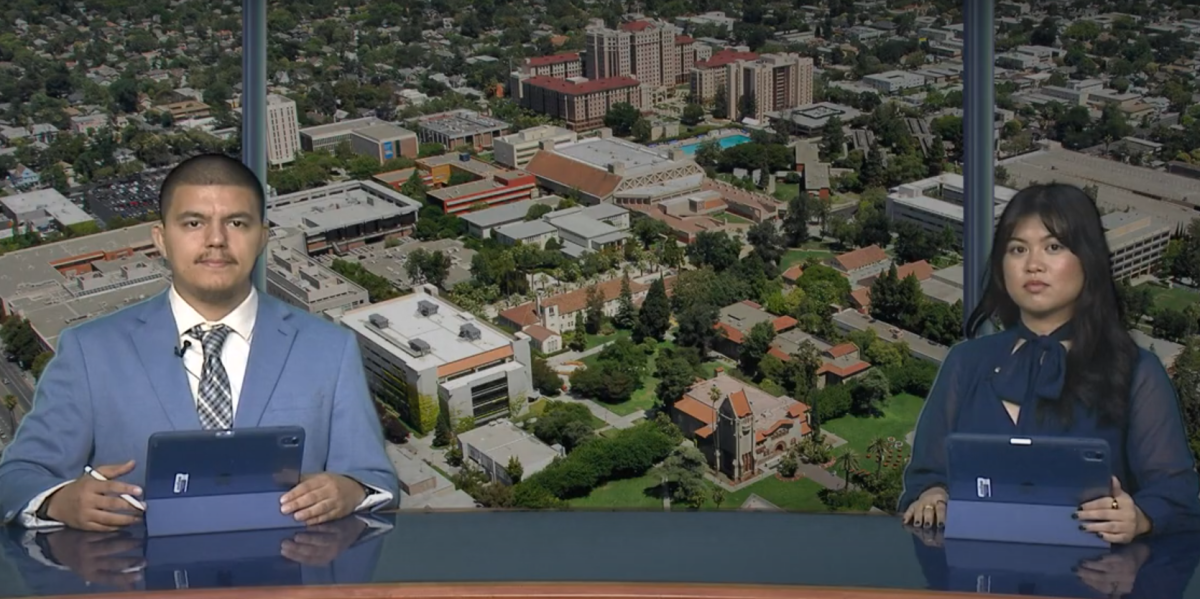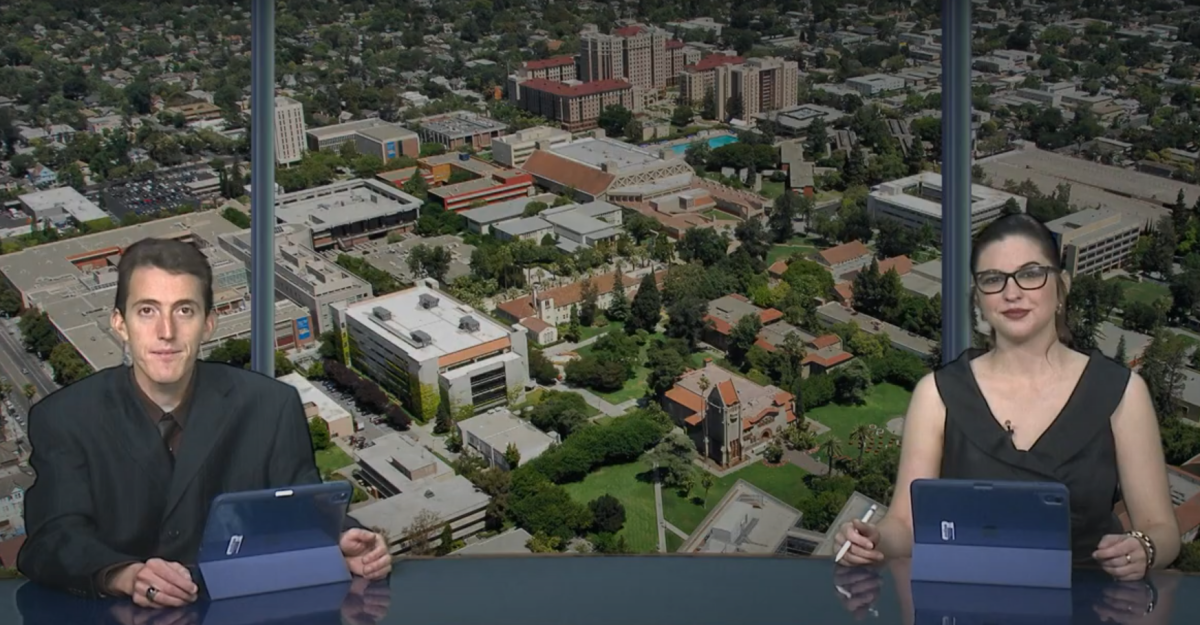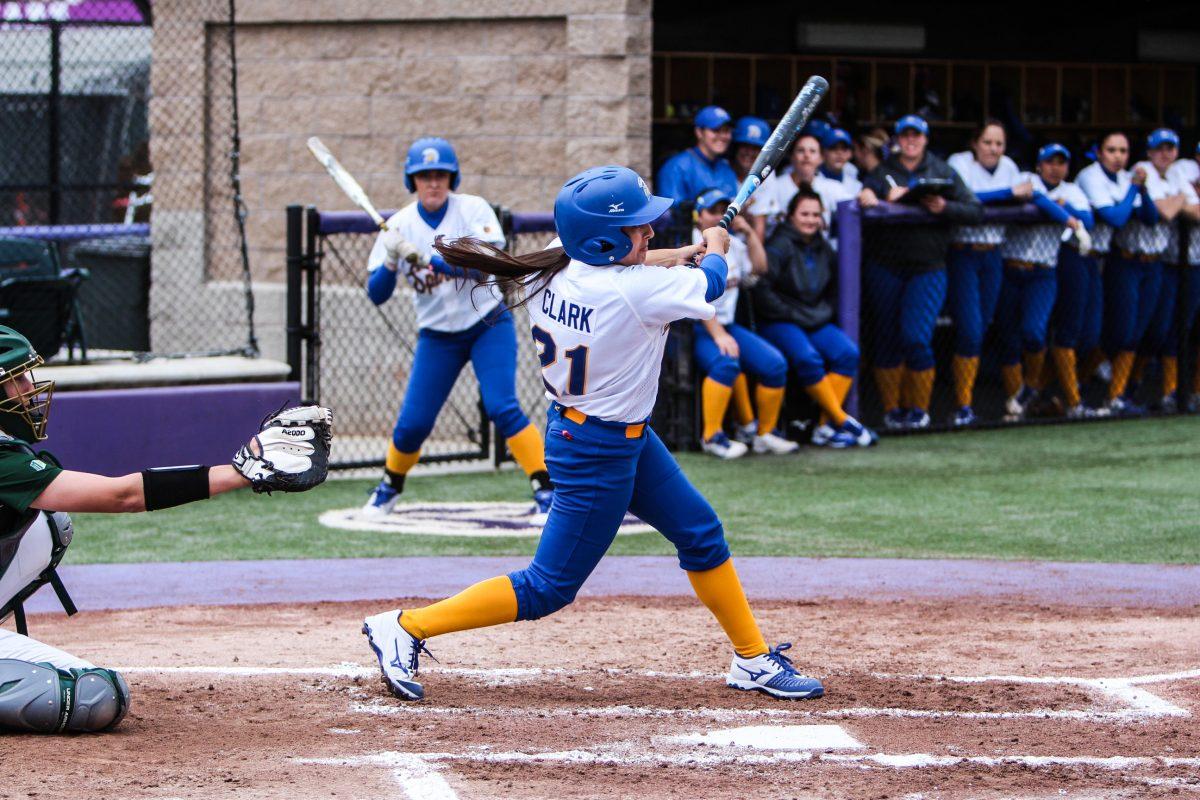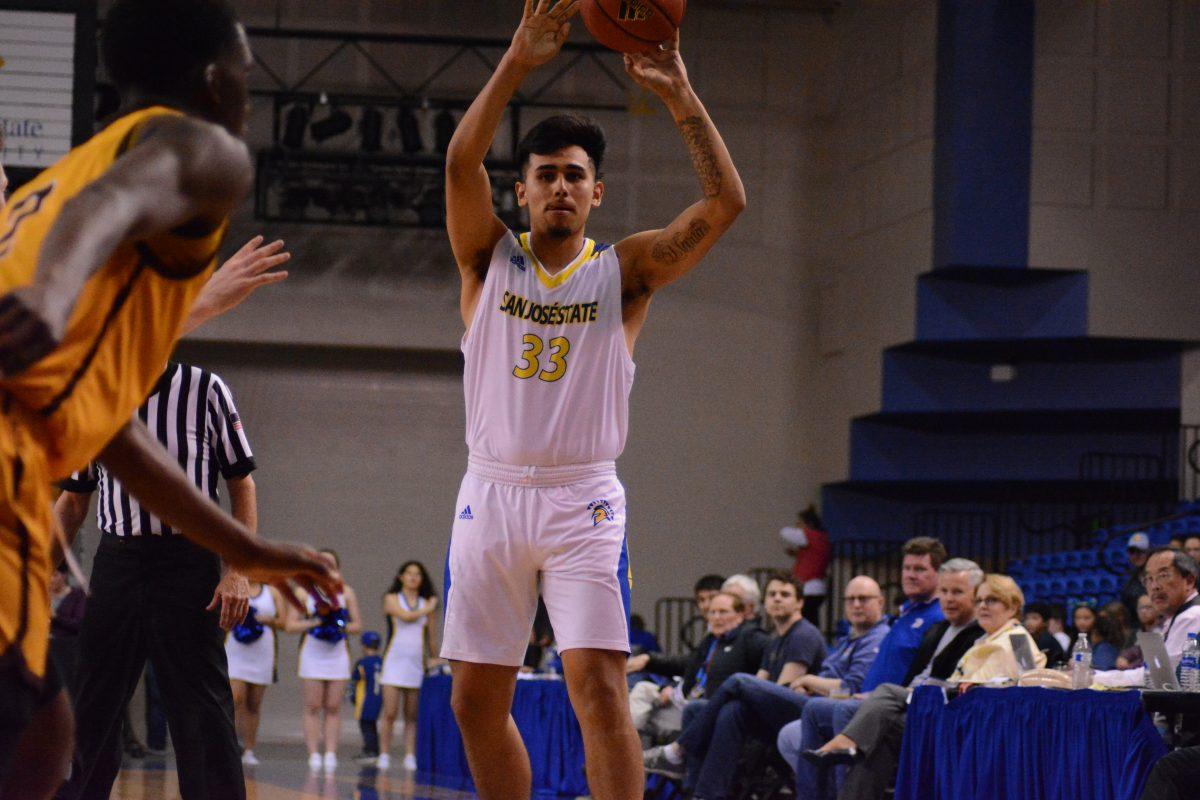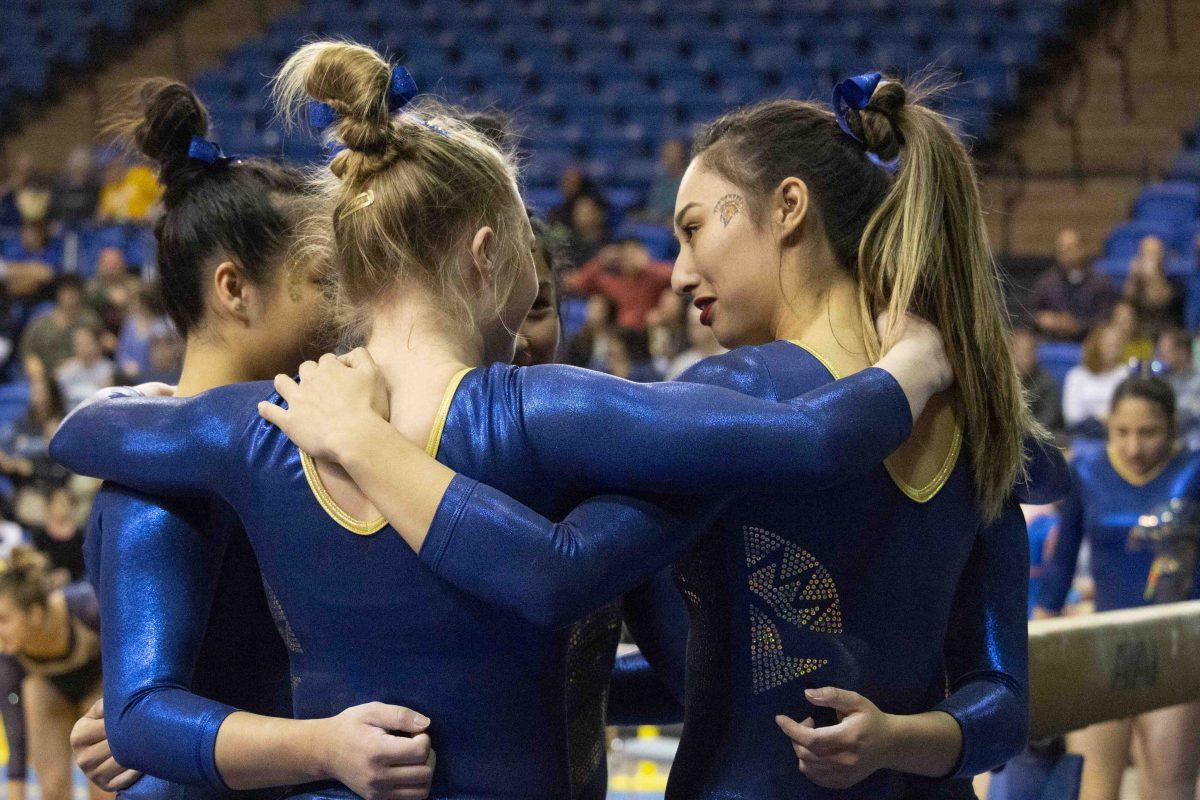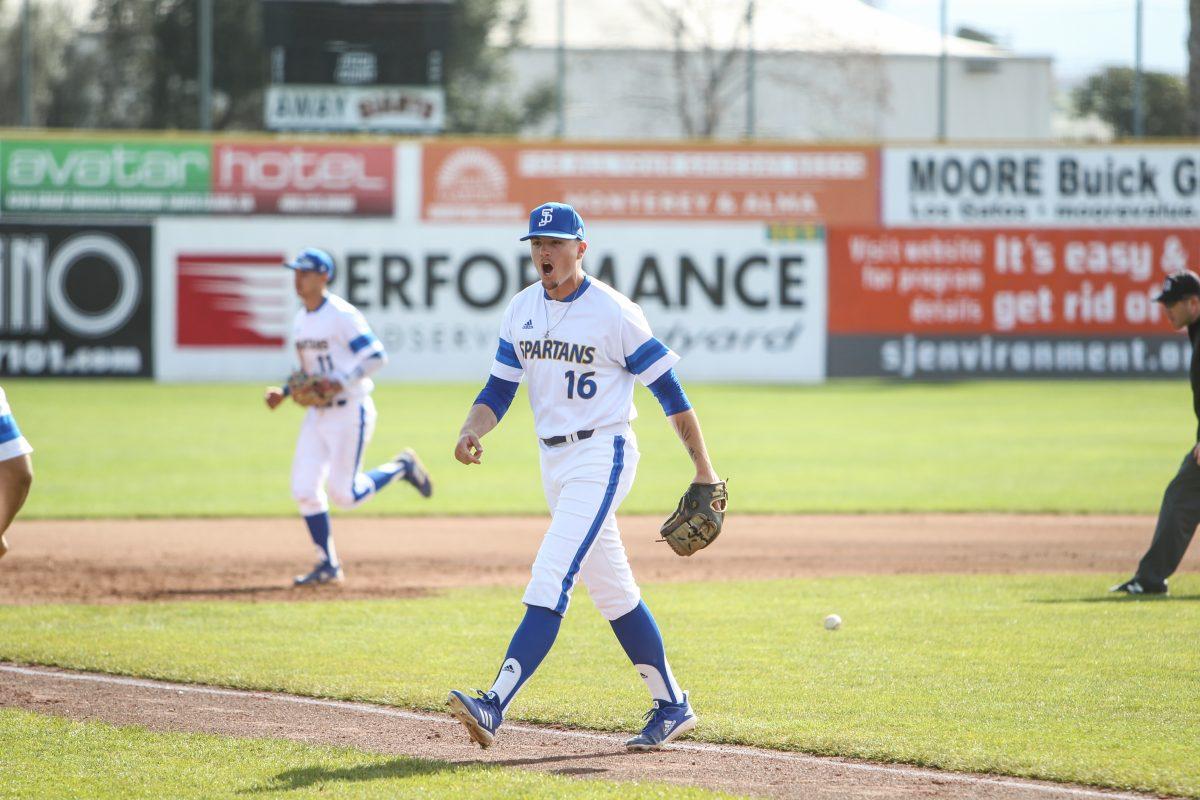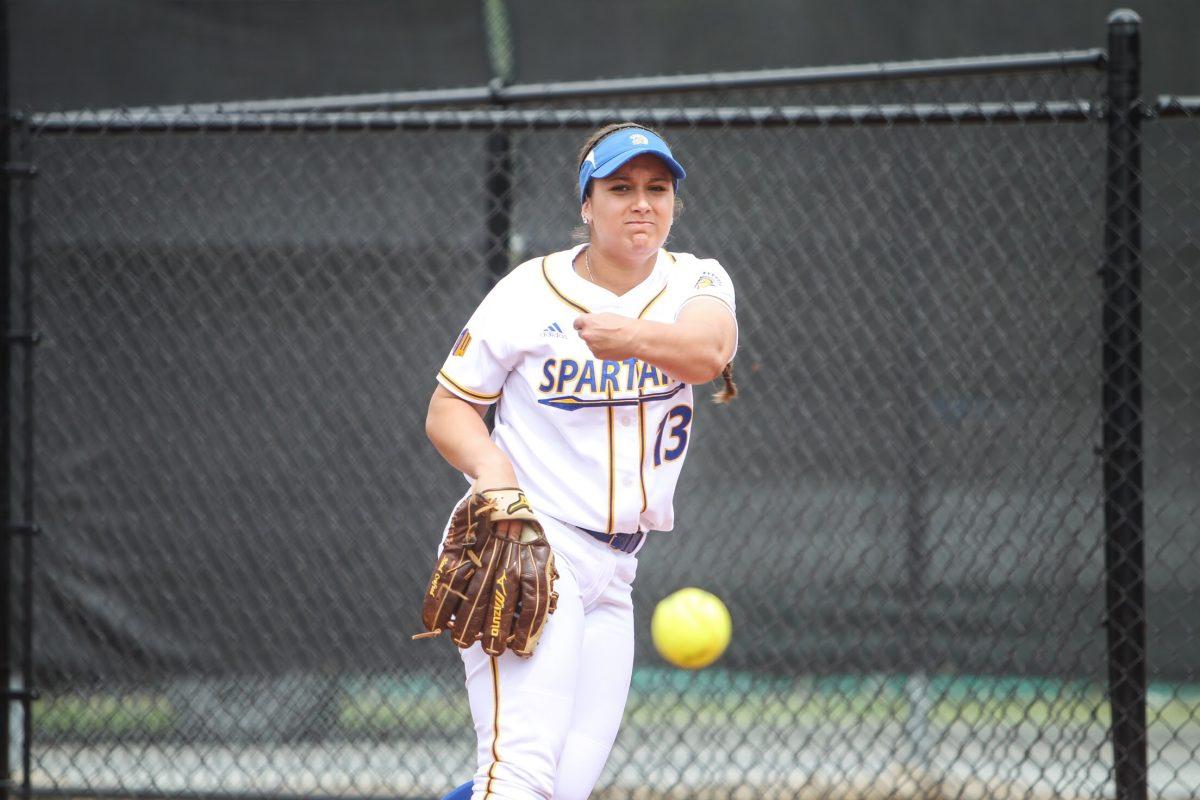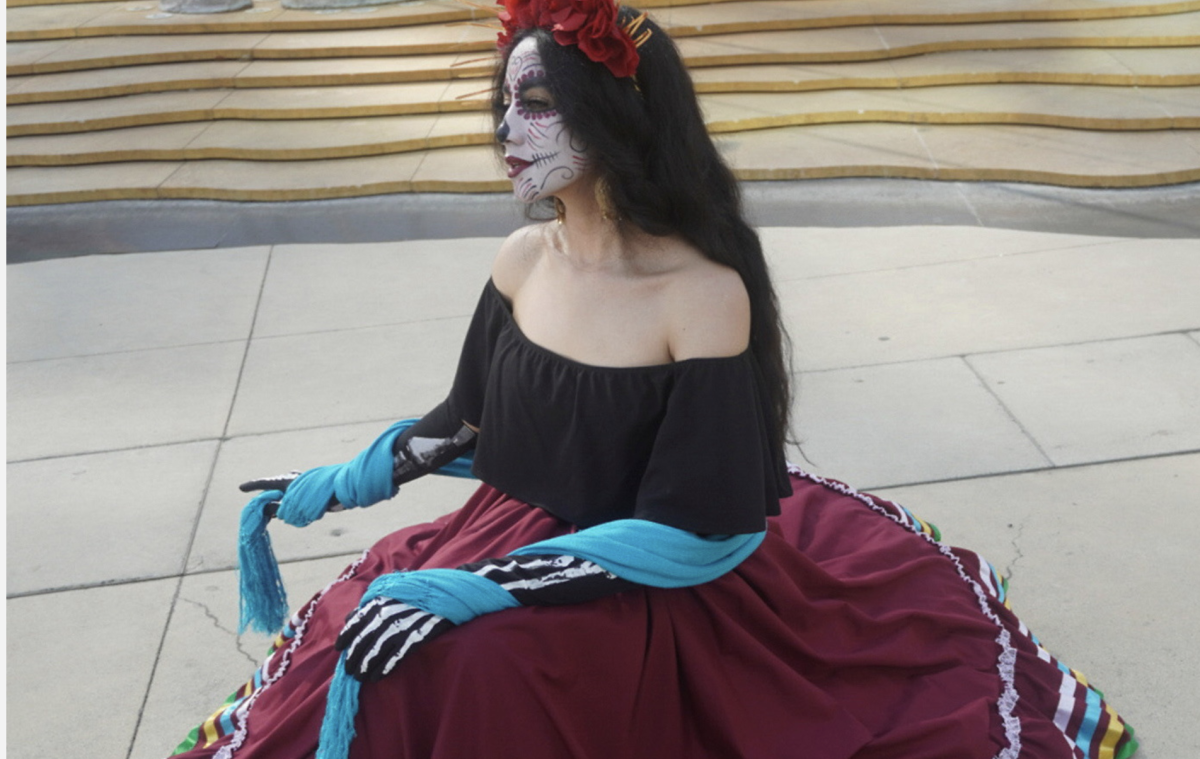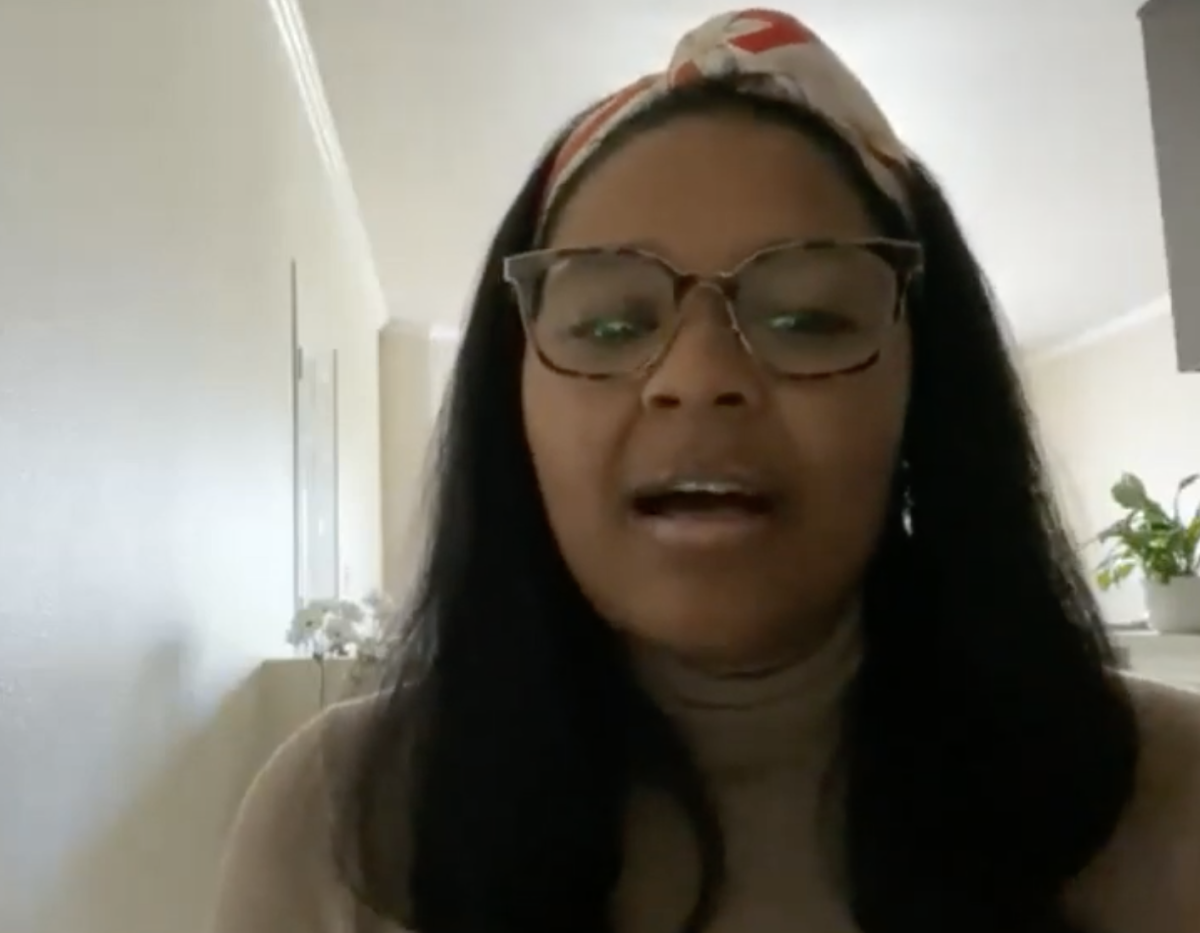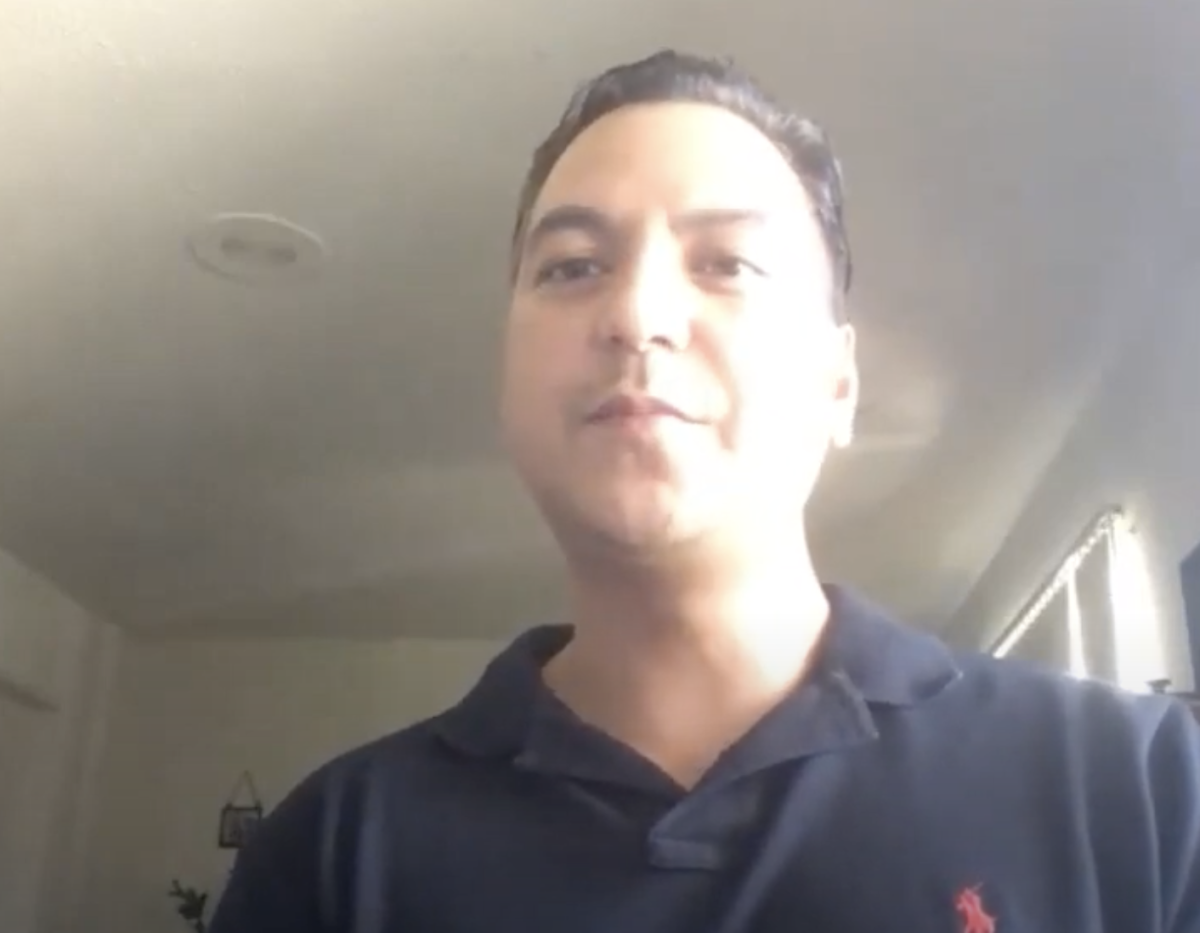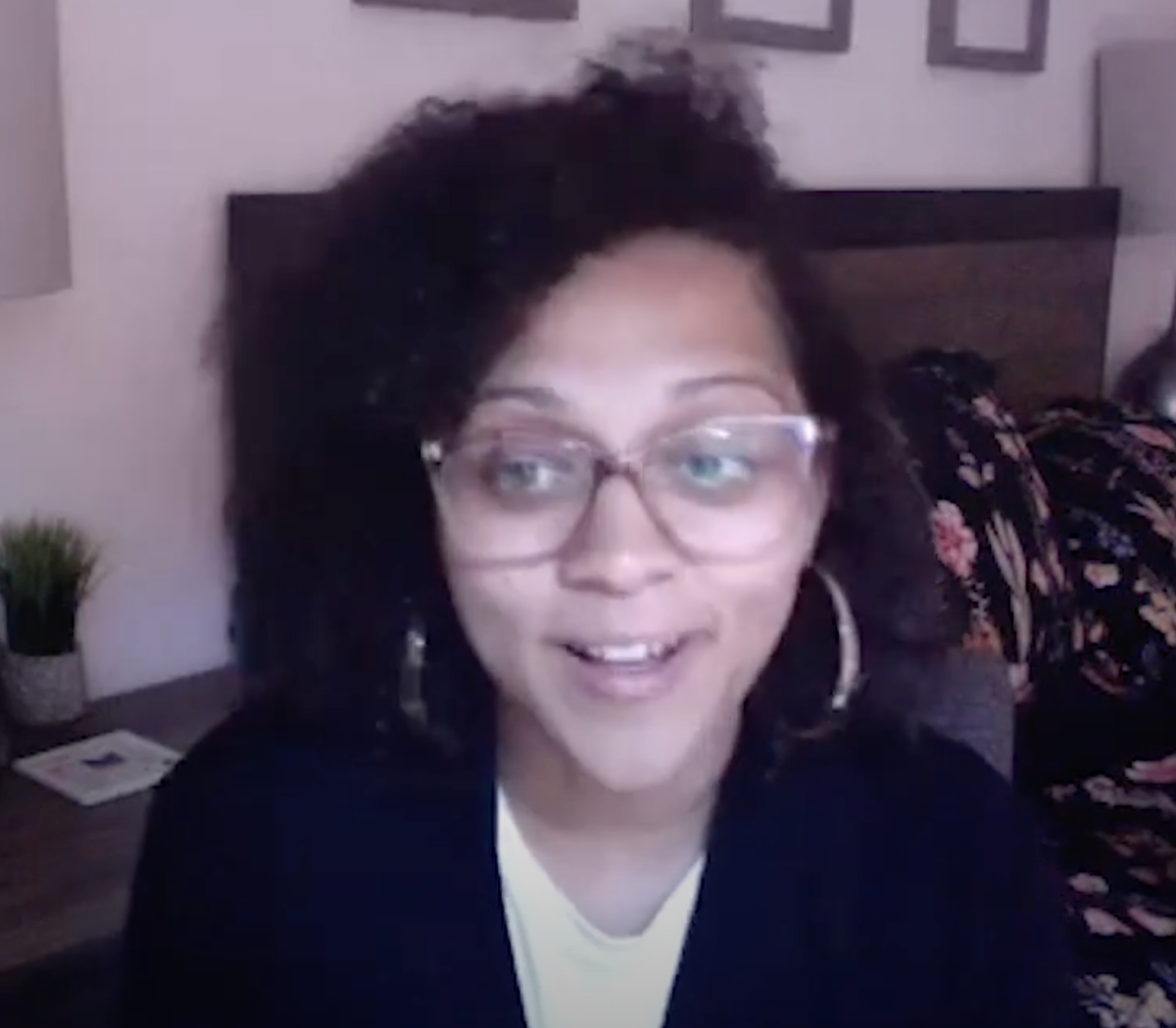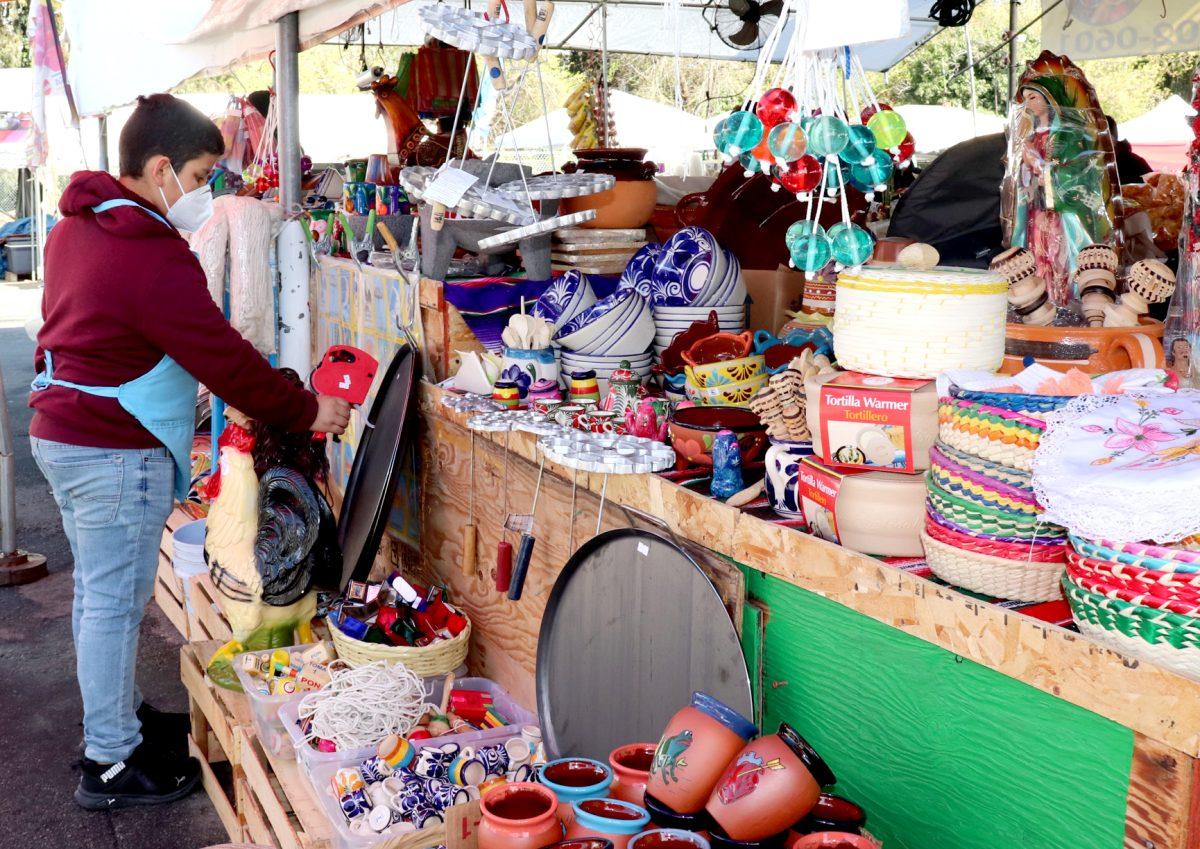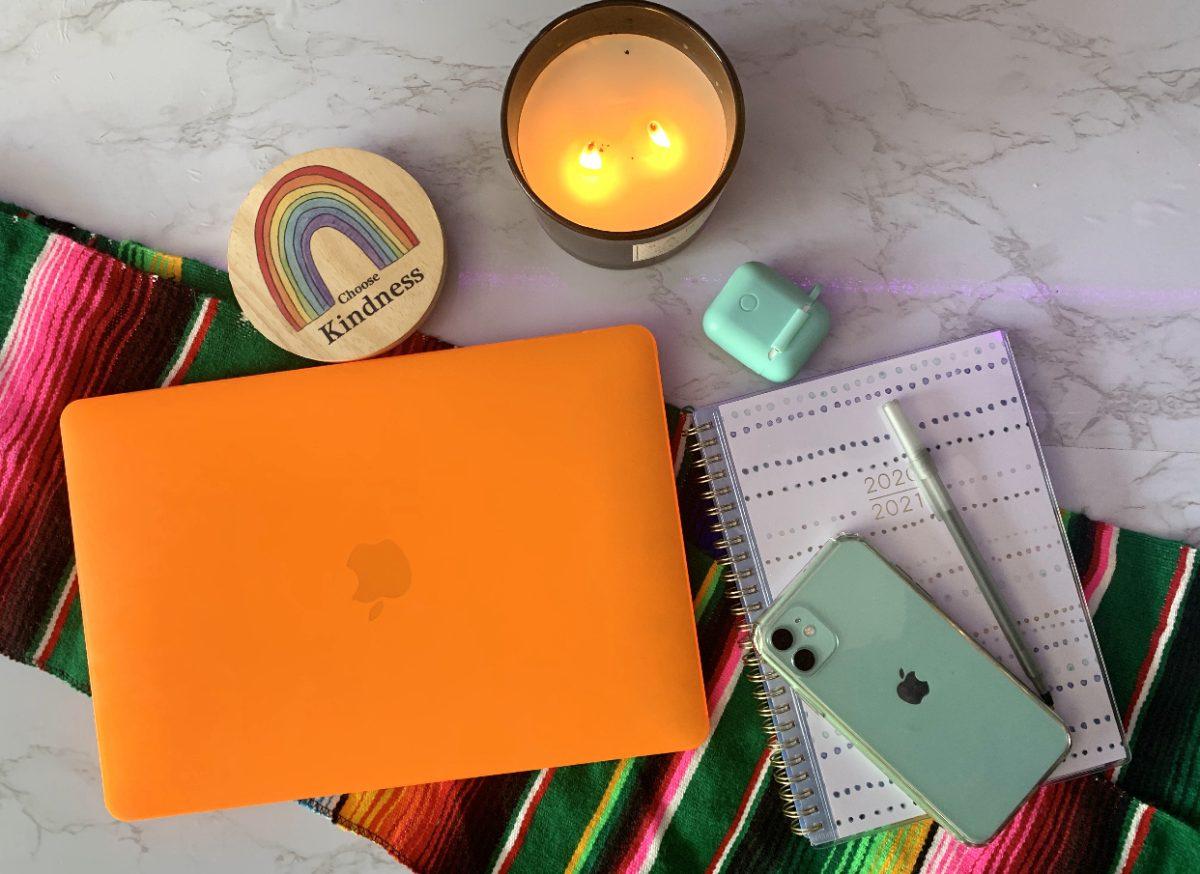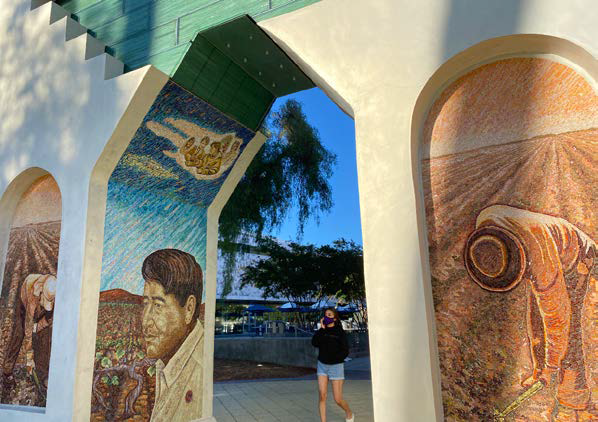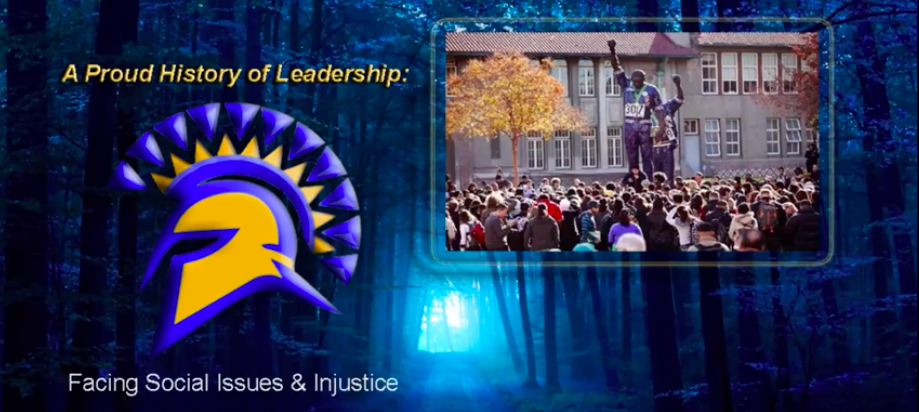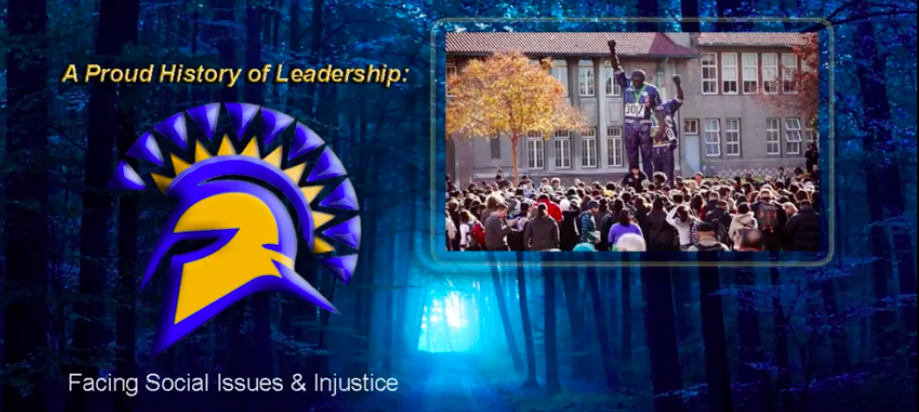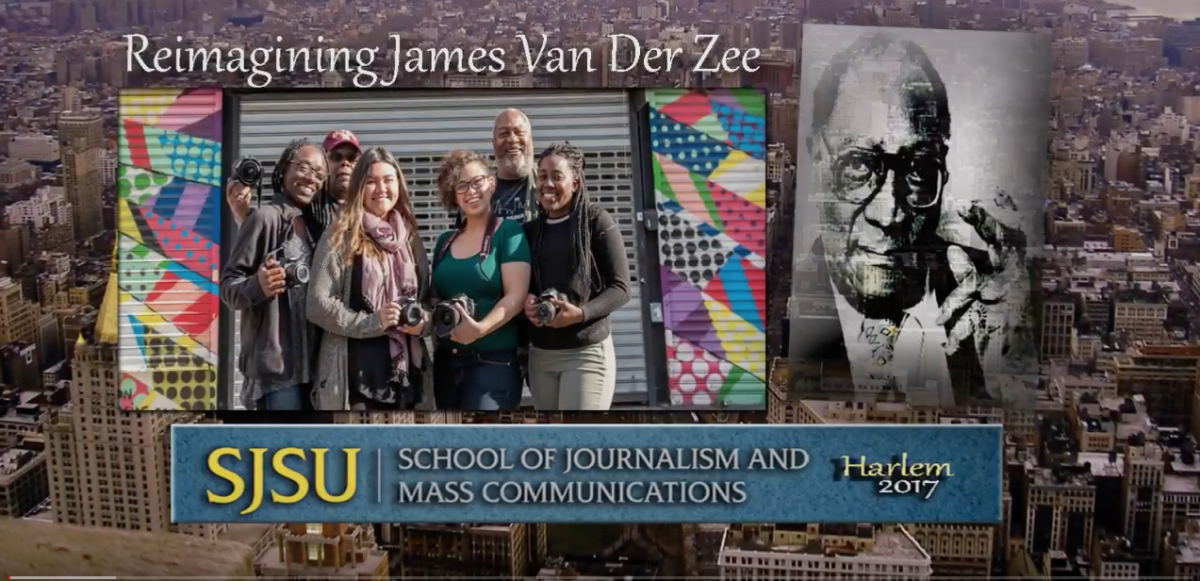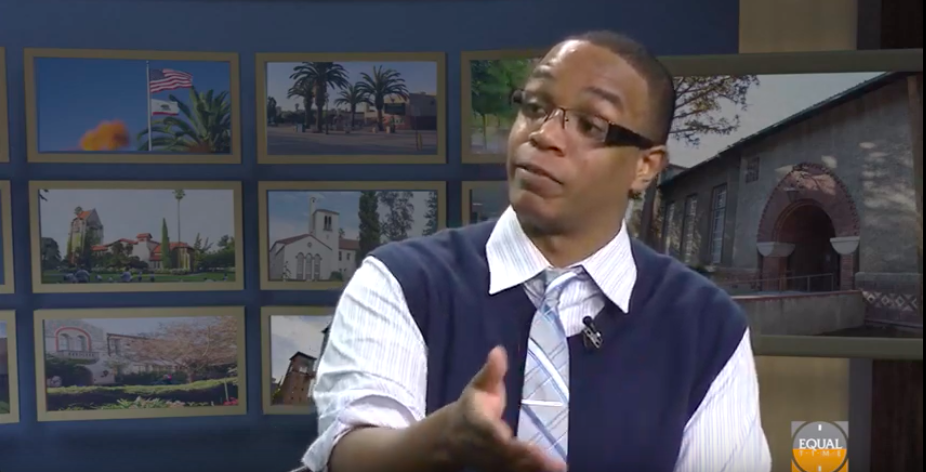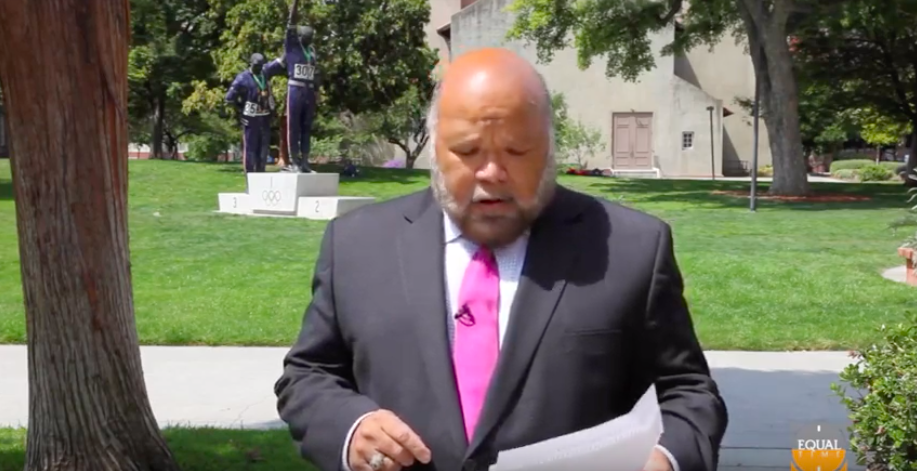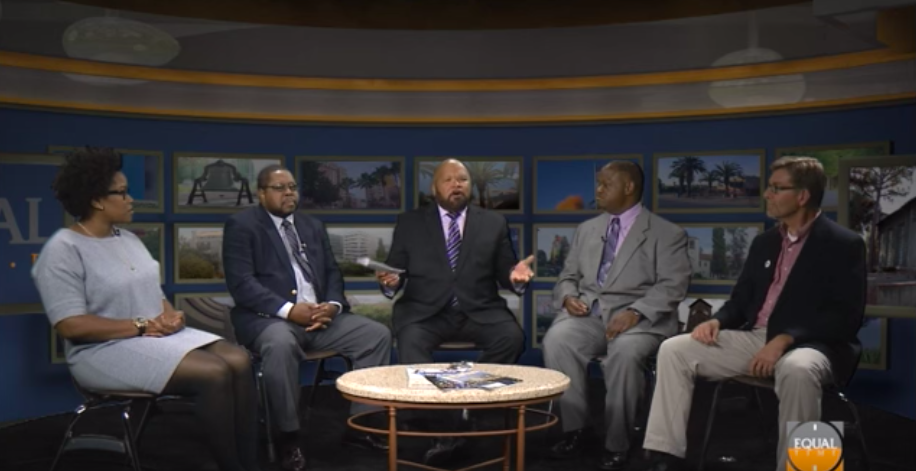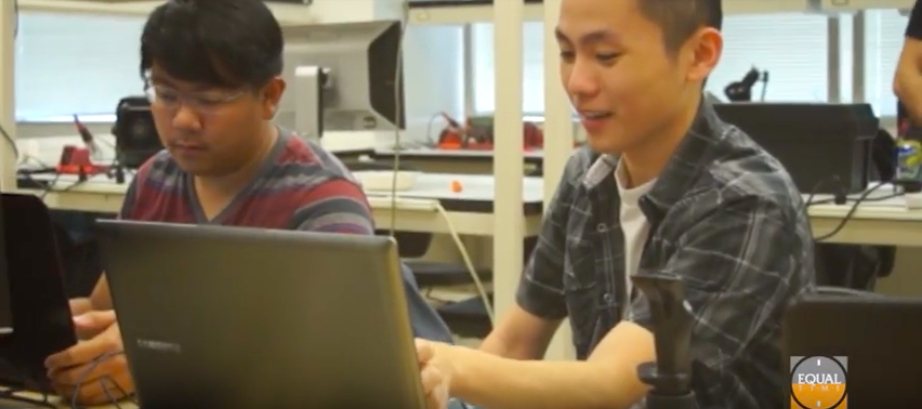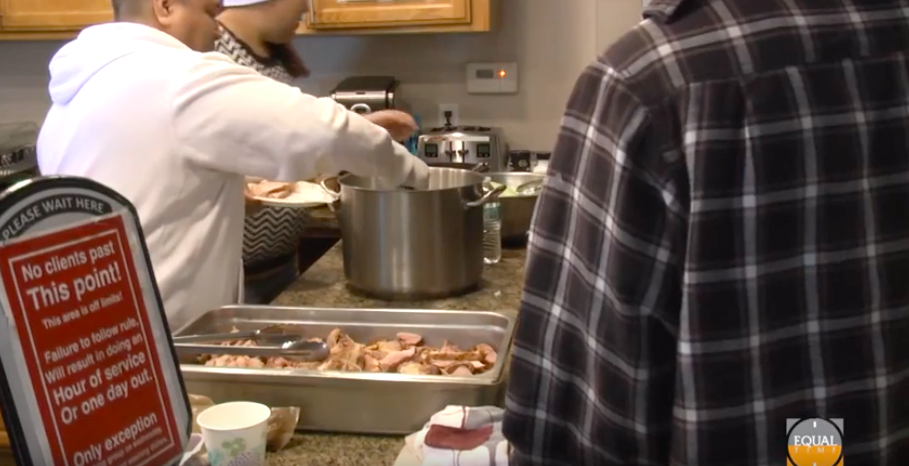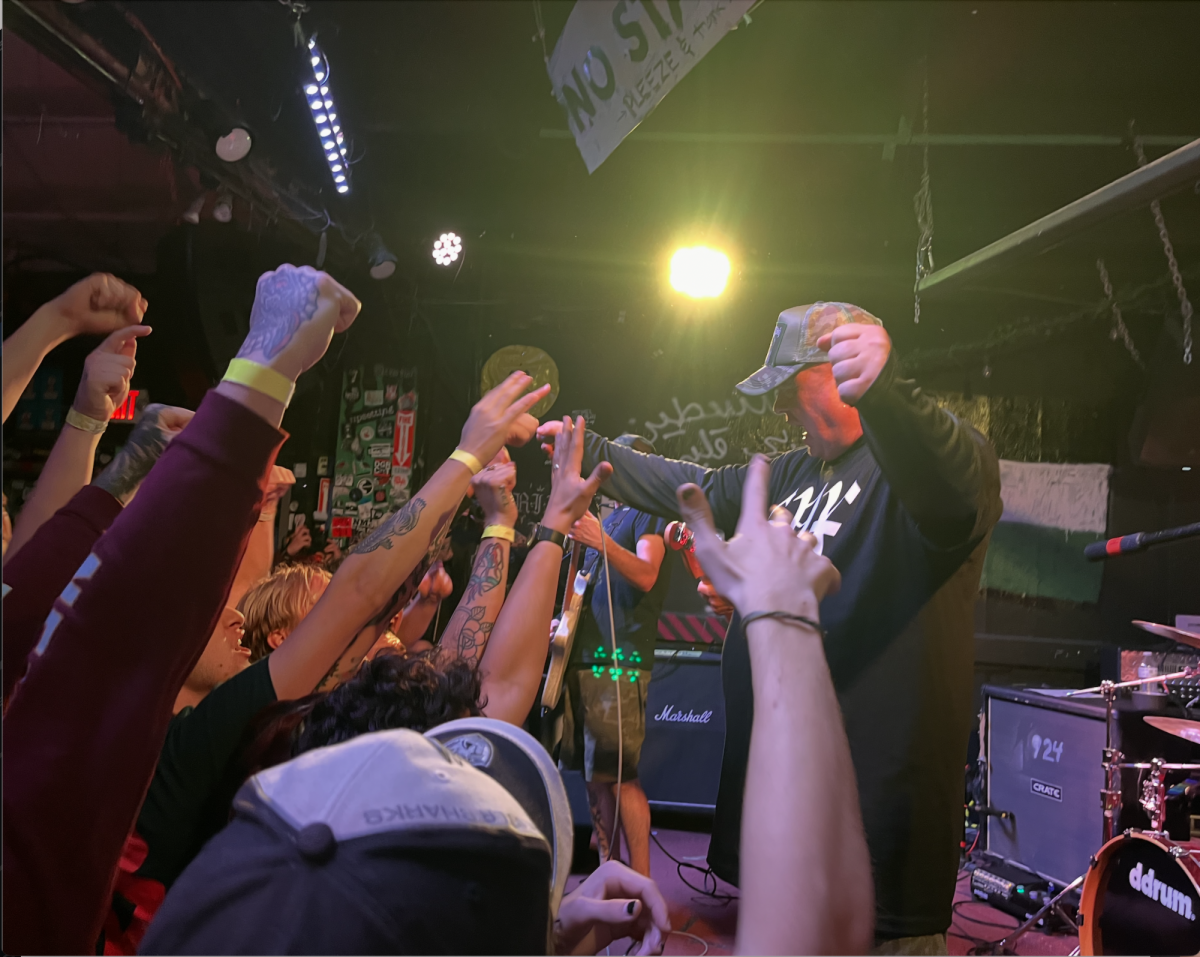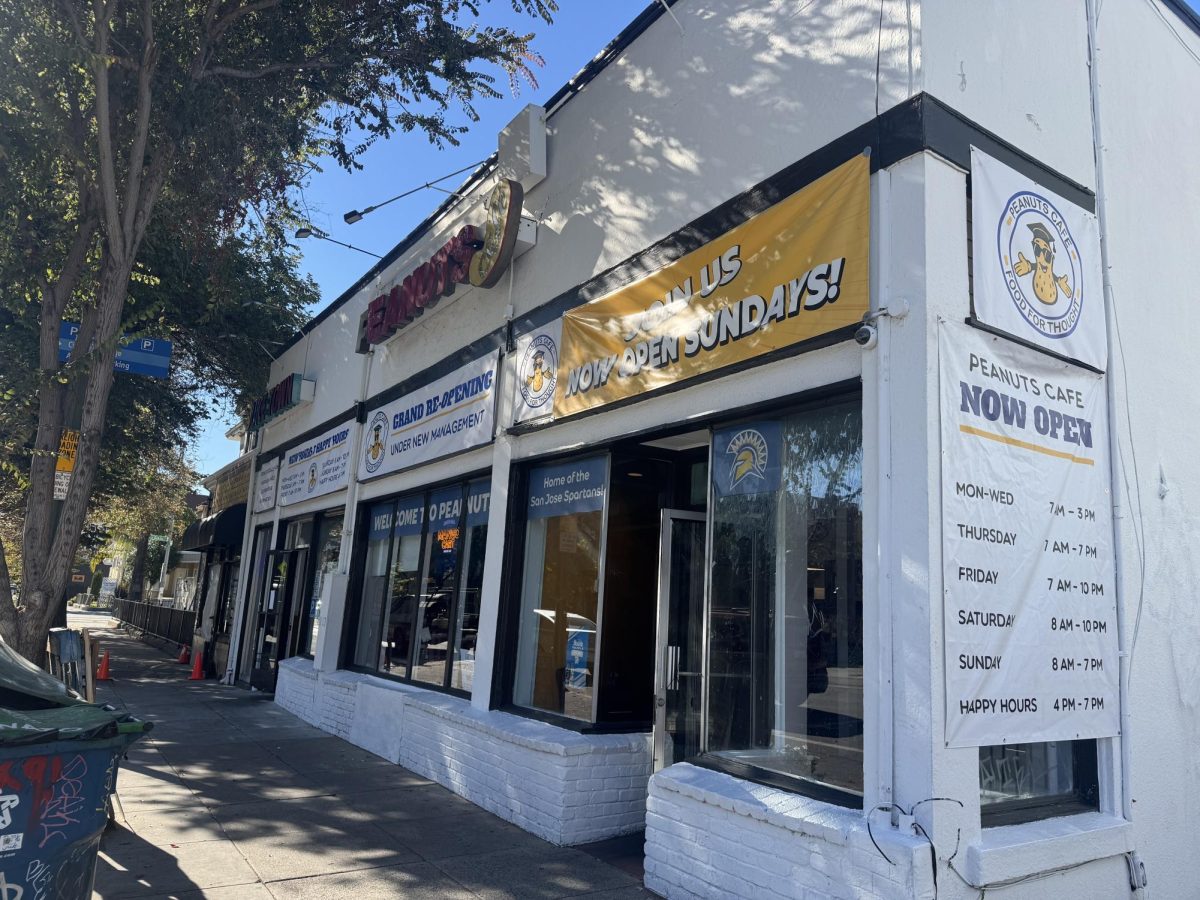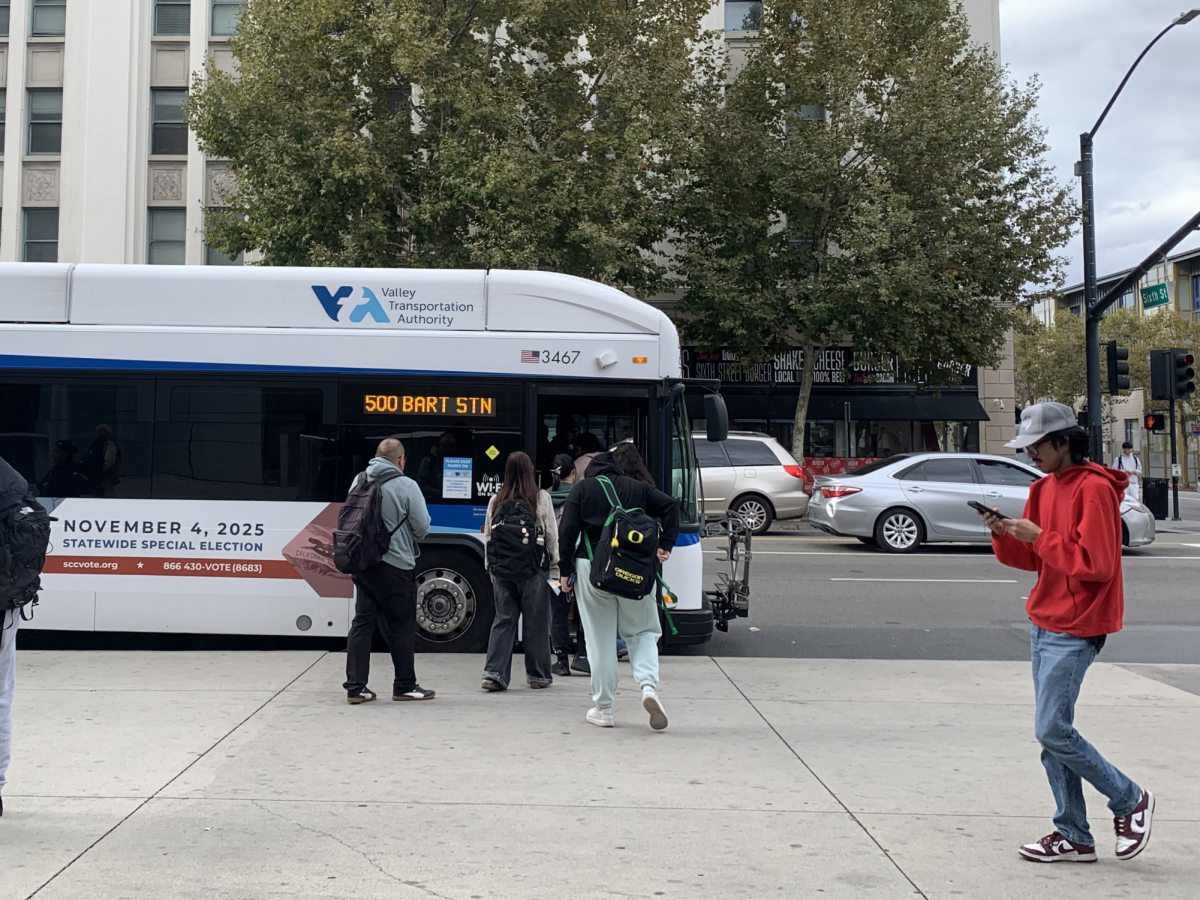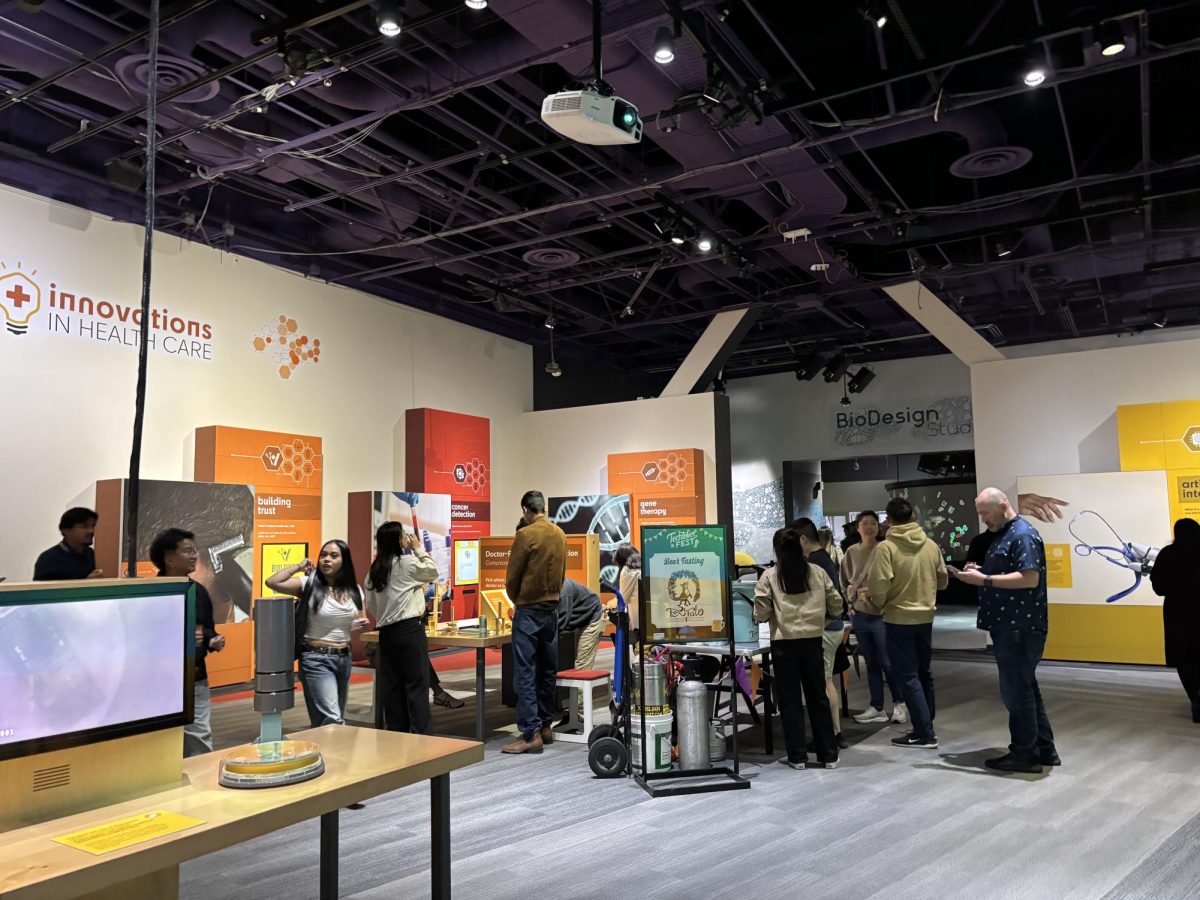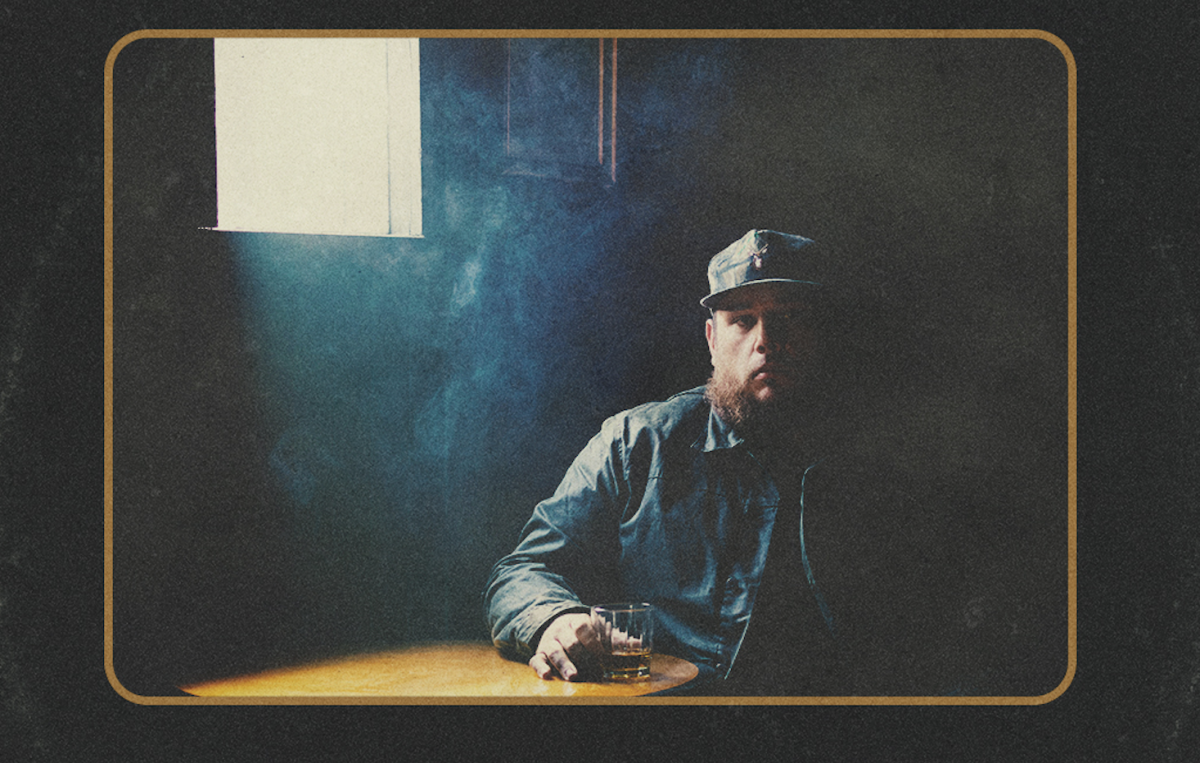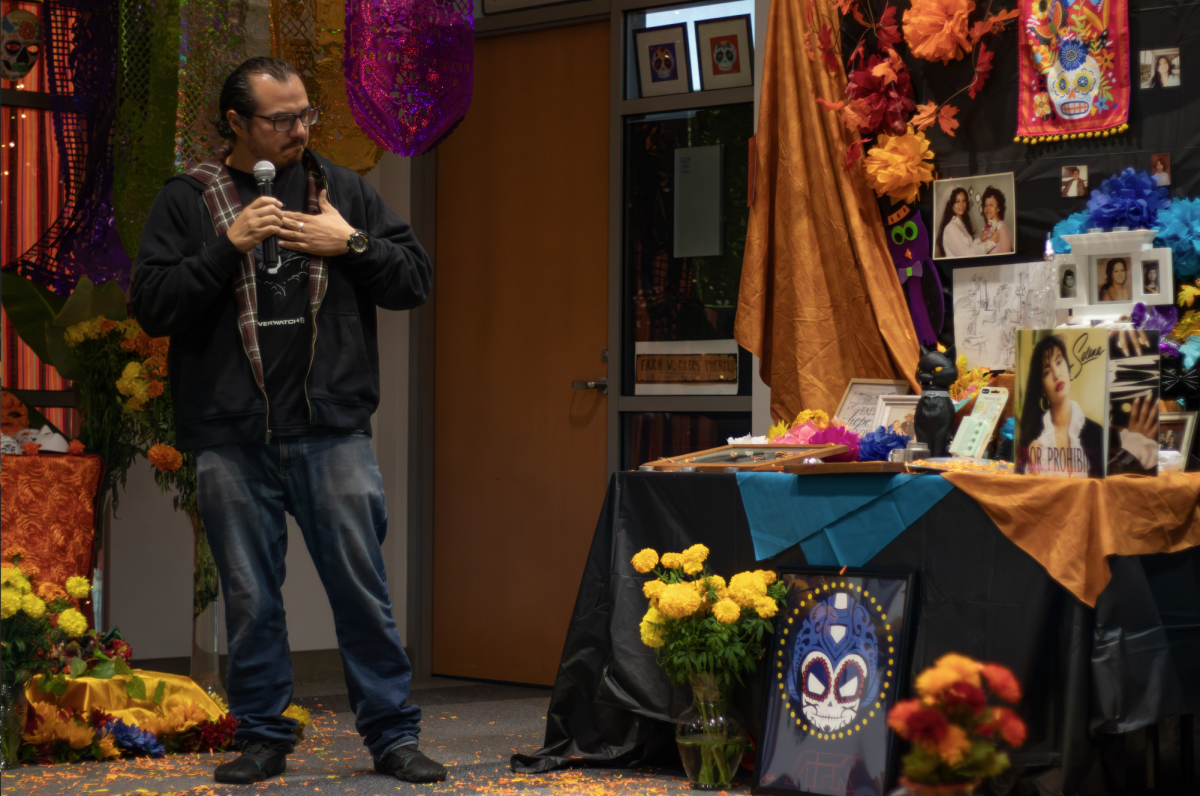More than a dozen students gathered in the Student Union to celebrate Diwali on Monday.
Diwali is a Hindu festival of lights in which observers celebrate the triumph of good over evil, light over darkness and knowledge over ignorance.
It’s one of the biggest public holidays in India, the world’s most populous country, according to an Oct. 20 New York Times article.
Hosted by SJSU International Student and Scholar Services (ISSS), International Gateways and the Student Wellness Center, the event offered students a chance to engage in traditional Indian festivities.
Students molded clay diyas, colored-in mandalas and made tissue-paper suncatchers while they learned about the cultural significance and historical roots of the celebration.
Suhaa Ahmed, a global leader at the SJSU International Student and Scholar Services, led a presentation on Diwali, explaining its customs, symbols and food to attendees.
Ahmed, who is Muslim, doesn’t typically celebrate Diwali with her family, but does participate in the festivities while she’s in the United States.
“I am Indian, so I know the culture and I know how it is celebrated because most of my friends do celebrate Diwali,” Ahmed said. “I used to as well, back home, but just by bursting firecrackers, not mostly the rituals and traditions.”
Diwali is not exclusively celebrated by Hindus; it enjoys wide cross-religious appeal among Jains, Sikhs and Buddhists across South Asia, according to a National Geographic webpage.
Sanya Mandhyan, global leader at ISSS and third-year data science student, felt grateful to have a community to celebrate with while away from home.
“What I miss the most is that, in India, if you’re there during Diwali, you will see every house on the street is lit up.” Mandhyan said. “I just miss the whole energy, the vibe and everybody dressing up together.”
In India, people typically celebrate by cleaning their homes for prosperity and good fortune, decorating them with clay lamps and rangoli, and pray to the Goddess Lakshmi, according to the same National Geographic webpage.
They also light fireworks and indulge in sugary sweets like gulab jamun and soan papdi, according to Mandhyan.
As of this year, Diwali has been recognized as a holiday in three U.S. states – California, Connecticut and Pennsylvania – according to an Oct. 10 Religion News Service article.
The rituals include several pujas, or ceremonies, in which observers offer prayers, flower garlands and treats to Hindu gods and goddesses in the hopes of attaining material wealth and spiritual enlightenment, according to the same Oct. 20 New York Times article.
In ancient Hindu epics, the gods of prosperity and good fortune triumph over various evil forces, according to the same source.
More so than the historical roots or religious significance of the holiday, however, Mandhyan finds meaning in the positive energy Diwali inspires.
“It’s how vibrant you feel throughout the festival and just seeing everybody happy and dressing up and just having a meal together or playing with firecrackers,” Mandhyan said.
Prabhjot Singh, a first-year software engineering student, volunteered to present alongside Ahmed.
As an international student, Singh hoped to foster a sense of community for fellow international students who were spending the holiday away from home.
“It’s my first year being away from family, and it’s kind of sad,” Singh said. “That’s why I’m trying to socialize as much as I can, because people like me, other (international) students, are also sad, they’re homesick, so we are trying to cooperate and celebrate in a new way so that we don’t feel like we’re away from home.”
Attendees took turns sharing their favorite memories of celebrating Diwali at home.
Singh, who grew up celebrating the holiday in India, said he hopes to carry on his family’s traditions in the U.S.
“My mom used to do all the rituals and everything but I never did anything because I was too excited to play with fireworks – I never noticed them,” Singh said. “Now, when I get time, I just pray, especially on Diwali.”
ISSS offers immigration advising resources and co-curricular support programming for F-1 and J-1 international students and scholars, according to its webpage.
Keri Toma Loehrer, the international programs manager for ISSS, said she feels it’s important that students of different cultural backgrounds have spaces to meet and have fun in laid-back settings.
“Through these activities and presentations, we hope that people will learn a little bit more about another culture and hopefully make friends with people that they might not normally be friends with,” Toma Loehrer said.
She said Global Connections, originally known as International Coffee Hour before 2018, is a weekly event series that offers wellness, cultural and social events for students.
During the Fall semester, Global Connections meets every Monday from 2 p.m. to 3 p.m. in Student Union Meeting Room 2B.
ISSS held another event celebrating Diwali and Tihar, the Nepali festival of lights, on Wednesday.
“It helps me out in my midterms, because it’s right before my class,” Singh said. “Every week we have midterms, so I come here, just one hour a week, so (during) this time I can socialize, I can do some activities. Last week was a de-stress event.”
In addition to volunteering at campus events, Singh has been visiting his temple and hosting gatherings with friends.
The city of San José, in partnership with the San José Downtown Association and Association of Indo Americans, will hold its Diwali Carnival on Saturday, Oct. 25 from
3 p.m. to 9 p.m. at the Plaza de Cesar Chavez.
Ahmed, who will be graduating in December, said she will cherish the welcoming community she found at SJSU.
“I’m having bittersweet feelings, kind of like tearing up with every event happening on campus, because it will be my last,” Ahmed said.

